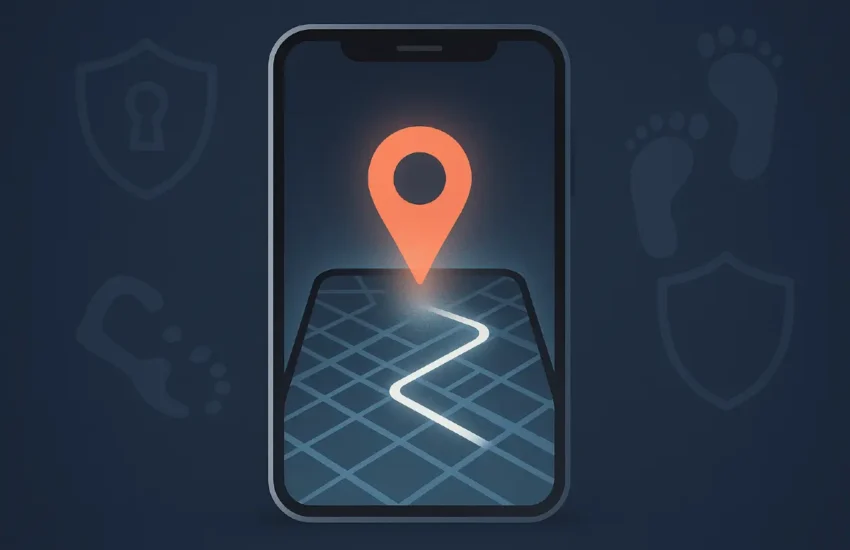A Day in the Life of a Virtual Medical Assistant
In the rapidly evolving field of healthcare, the role of a virtual medical assistant has become increasingly integral. These professionals combine administrative prowess with digital proficiency to support medical practitioners worldwide.
As technology strengthens its grip on the medical world, virtual medical assistants have adapted by mastering new platforms and tools to keep up with demands.

Morning Routine
The day begins early for a virtual medical assistant, often before the morning sun has fully risen. They access their virtual workspace with coffee, checking emails for urgent messages or updates on the day’s schedule or tasks. The key is an organized start, setting priorities for the day ahead. Virtual medical assistants are often in different time zones from the doctors or institutions they support, so flexibility is crucial.
Managing Appointments
One of the primary responsibilities is managing the appointment calendar. The virtual medical assistant adeptly uses scheduling software to organize patient visits, ensuring no overlaps or unnecessary gaps.
They send out reminders to patients about their upcoming appointments and any preparatory instructions they may need before their visit. Practical communication skills involving interacting with patients and healthcare providers are fundamental in this role.
Patient Records and Documentation
Next on the agenda is handling patient records. Maintaining accurate and up-to-date documentation is vital for optimal healthcare delivery. A virtual medical assistant reviews electronic health records (EHRs) to ensure they are complete and current.
They may also transcribe dictations from medical professionals, converting them into coherent and structured narratives or reports. Privacy and confidentiality are paramount, and virtual medical assistants rigorously adhere to HIPAA guidelines to safeguard patient information.
Assisting with Billing and Insurance
As the morning progresses, attention shifts to billing and insurance matters. The virtual medical assistant often interacts with insurance companies to verify patient coverage and handle claims.
They must understand medical coding and billing procedures, ensuring all submissions are precise and compliant with the latest guidelines. Liaising with patients over billing inquiries requires tact and clarity, as resolving any issues swiftly and satisfactorily is critical.
Midday Check-In and Coordination
Midday offers a chance to reconvene with the healthcare team through virtual meetings or check-ins. Coordination is essential, whether updating the team on patient-related developments or refining processes to enhance operational efficiency.
The virtual medical assistant may contribute to discussions on improving patient care or streamlining workflow, bringing insights from day-to-day interactions to the table.
Client and Patient Interaction
Afternoons often involve a high degree of client and patient interaction. Routine tasks are responding to inquiries, addressing concerns, and providing required information.
Wearing multiple hats, a virtual medical assistant acts as a liaison, bridging gaps between patients and healthcare providers. Empathy and problem-solving abilities are indispensable, as they frequently encounter diverse scenarios requiring thoughtful responses.
Technology Troubleshooting
Given that virtual medical assistants rely heavily on technology, part of their role includes managing and troubleshooting software or hardware issues that may arise.
Being tech-savvy is essential, whether it’s a slow EHR system, a glitchy video conference tool, or a malfunctioning digital patient form. In many cases, their ability to swiftly resolve technical problems enables uninterrupted service to medical staff and patients.
Continuous Learning and Adaptation
The healthcare landscape is ever-changing, with new technologies and regulations being introduced regularly. A virtual medical assistant must engage in continuous learning, whether through webinars, courses, or industry publications.
Staying informed about the latest medical software, data protection laws, and healthcare trends empowers them to provide even more robust support to their employers.
Wrapping Up the Day
As the day winds down, a virtual medical assistant reviews completed tasks and prepares for the next day. Any pending assignments are prioritized, and an action plan is set to ensure timely completion.
They may also review reports or analytics related to patient care, billing, or other metrics, providing insights that can lead to process improvements in the future.
The Changing Face of Healthcare Assistance
The rise of telemedicine and remote work has brought about significant changes in healthcare delivery. Virtual medical assistants have emerged as invaluable human resources, enabling doctors and medical facilities to function seamlessly despite geographical barriers. Their role continues to evolve with technology’s advancement, making it exciting and challenging for those seeking a career in this field.
Conclusion
In conclusion, the role of Doc VA as a virtual medical assistant is multifaceted, shaped by the evolving needs of the healthcare environment. Their daily activities underpin the smooth functioning of medical practices, ensuring doctors can focus on providing exemplary patient care. Despite working behind the scenes, their impact on the healthcare system is significant and indispensable.


